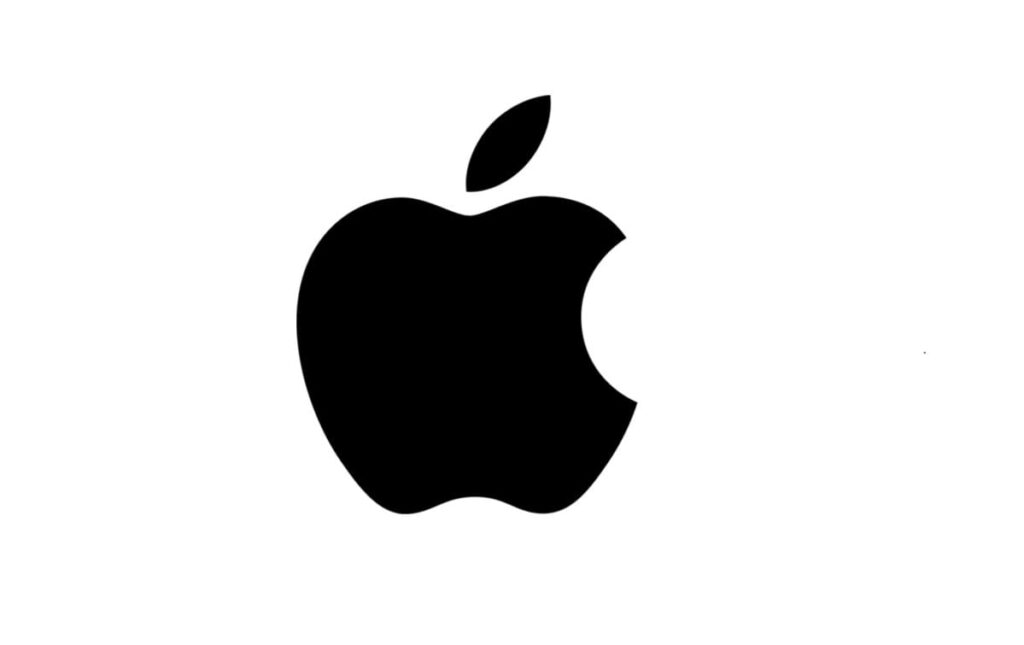In this article, we delve into the issue of the unresponsive touchscreen on the new Apple iPad (2022). We will explore possible causes, assess user complaints, and provide potential solutions to help restore your device’s functionality and improve your digital experience.
Deciphering the Enigma of an Unresponsive Touch Screen
Before we embark on a journey to unravel solutions, it’s imperative to grasp the nature of the issue. An unresponsive touch screen on the Apple iPad (2022) manifests as a screen that fails to register touch inputs or responds with a frustrating delay. For users relying on the iPad for various tasks, from productivity to entertainment, this issue can be more than just an inconvenience.
Potential Culprits Behind the Unresponsive Touch Screen
- Software Anomalies: A leading suspect for an unresponsive touch screen is software glitches. Problems within the operating system or recent updates might disrupt the touch screen’s functionality.
- Physical Trauma: Physical damage, such as a cracked screen or exposure to water, can impede the touch screen’s responsiveness. Even seemingly minor damage can escalate into significant issues over time.
- System Overload: Running an excess of applications simultaneously or having inadequate available memory can overload the system, leading to touch screen unresponsiveness.
- Outdated Software Woes: Utilizing outdated software can result in compatibility issues, potentially causing the touch screen to become unresponsive. Regularly updating the iPad’s software is pivotal for maintaining optimal performance.
Troubleshooting the Unresponsive Touch Screen Conundrum
Now that we’ve identified potential perpetrators, let’s delve into strategic solutions to rectify the unresponsive touch screen issue on the Apple iPad (2022).
1. The Resilient Restart: Employing a simple yet effective solution involves restarting the iPad. This action refreshes the system, eliminating any transient glitches affecting the touch screen. To restart the iPad, press and hold the power button until the slider appears, then drag it to power off. After a brief pause, press the power button again to restart.
2. Seek Software Redemption: Ensure your iPad’s software is up to date. Apple consistently releases updates to enhance system performance and address bugs. Navigate to Settings > General > Software Update to check for and install any available updates.
3. Calibration Magic: The iPad offers users the ability to recalibrate the touch screen if responsiveness issues persist. To recalibrate, go to Settings > Accessibility > Touch > Touch Accommodations > Calibrate. Follow the on-screen instructions to fine-tune the touch screen.
4. Liberate Storage Space: Inadequate available storage can result in performance hiccups. Delete redundant apps, photos, or files to free up space on your iPad. This can prevent system overload and potentially enhance touch screen responsiveness.
5. Address Physical Quandaries: If your iPad bears the scars of physical damage, such as a cracked screen, it’s paramount to address these issues. Professional repair services or consultation with Apple Support may offer insights and potential solutions.
6. The Potent Hard Reset: A hard reset can often prove more efficacious than a conventional restart. To execute a hard reset, simultaneously press and hold both the power button and the home button (or volume down button on iPads without a home button) until the Apple logo emerges. Release the buttons and allow the iPad to undergo a robust restart.
7. Restoring Factory Equilibrium: As a last resort, restoring your iPad to factory settings can be considered. Be mindful that this action wipes all data on your device, necessitating a prior backup. To restore factory settings, navigate to Settings > General > Reset > Erase All Content and Settings.
Conclusion
An unresponsive touch screen on the Apple iPad (2022) might be vexing, but with the right troubleshooting measures, most issues can be resolved. From the elementary restart to recalibrating the touch screen and addressing physical damage, the solutions presented in this article aim to empower users to regain optimal functionality. If the challenge persists, seeking guidance from Apple Support or authorized service providers is advisable to ensure a holistic resolution to the issue. In an era where technology continually advances, staying informed about troubleshooting techniques remains paramount for sustaining a seamless and gratifying user experience with your Apple iPad.
